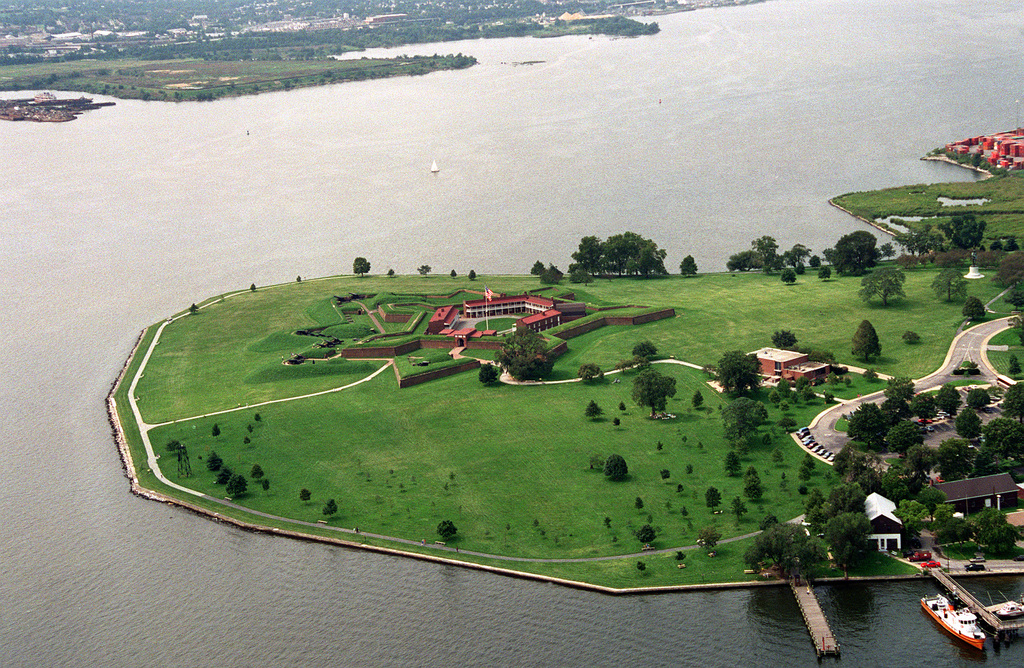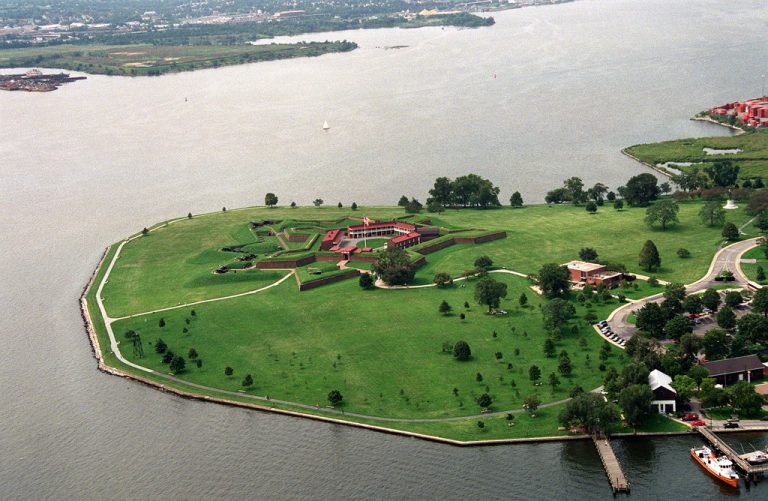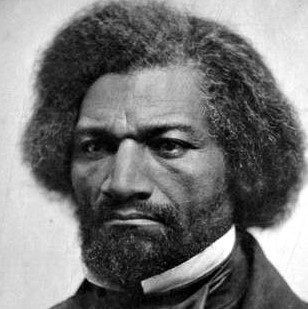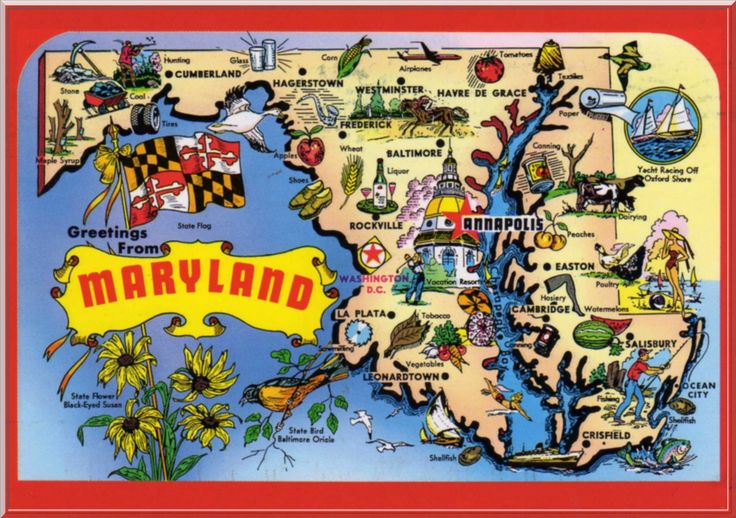O say can you see, by the dawn’s early light…

These iconic words from “The Star-Spangled Banner” echo through history, forever tied to the resilient Baltimore fort known as Fort McHenry. In the heart of Baltimore’s harbor, this star-shaped stronghold withstood a brutal British bombardment during the War of 1812, inspiring Francis Scott Key to pen the poem that would become America’s national anthem. But Fort McHenry is more than a footnote in Star-Spangled Banner history—it’s the cradle of American patriotism, symbolizing defiance, unity, and the enduring spirit of freedom.
In this comprehensive guide, we’ll dive deep into the history of Fort McHenry, explore the dramatic events of September 1814, uncover the secrets behind the famous flag, and share tips for visiting this National Historic Site. Whether you’re a history buff planning a trip to Baltimore or simply curious about the Star-Spangled Banner history, this post will transport you back to the bombardment that saved Baltimore—and shaped a nation.
The Early History of Fort McHenry: From Construction to Revolutionary Roots
Fort McHenry wasn’t built overnight. Construction began in 1798 amid fears of war with France, but its foundations trace back even further. Named after James McHenry, a signer of the U.S. Constitution and Secretary of War under Presidents Washington and Adams, the fort was designed as a pentagon-shaped bastion to guard Baltimore’s vital harbor.
Pre-War of 1812 Role
Before the British invasion of 1814, Fort McHenry played key roles in earlier conflicts:
- Revolutionary War (1776-1783): The site hosted temporary earthworks and batteries that repelled British advances.
- Quasi-War with France (1798-1800): Fortified to protect against naval threats.
- Early 1800s: Served as a prison for privateers and a training ground for U.S. troops.
By 1812, as tensions escalated into the War of 1812, Baltimore fort was upgraded with brick walls, ramparts, and over 1,000 troops under Major George Armistead. Its strategic location at the mouth of the Patapsco River made it the linchpin of Baltimore’s defense.
| Timeline of Fort McHenry’s Early Development |
|---|
| 1699: Original settlement at Whetstone Point |
| 1776: First fortifications during Revolution |
| 1798: Construction authorized by Congress |
| 1800: Fort renamed McHenry; initial completion |
| 1812: Major reinforcements for War of 1812 |
This preparation proved fateful, setting the stage for one of America’s most pivotal nights.
The Bombardment of Fort McHenry: The Battle That Inspired the Star-Spangled Banner
The War of 1812 pitted young America against a battle-hardened British Empire distracted by Napoleon. After torching Washington D.C. in August 1814, British forces set sights on Baltimore—a prosperous port city fueling American commerce.
The Lead-Up to September 13, 1814
On September 12, British troops under Major General Robert Ross landed at North Point, clashing with Maryland militia. Ross was killed, but the advance continued. Meanwhile, a British fleet led by Vice Admiral Alexander Cochrane positioned bomb ketches (floating batteries) to pound Fort McHenry.
Major Armistead declared: “We have always shown to the world that our walls are the best fortifications.” With 1,000 defenders, 20 guns, and a massive 30×42-foot garrison flag sewn by local seamstress Mary Pickersgill, the fort was ready.
The 25-Hour Bombardment
From September 13 at dawn to September 14 at morning, British ships unleashed over 1,500 shells— Congreve rockets, carcasses (incendiary devices), and 10- and 13-inch bombs. The night sky lit up like fireworks, but Fort McHenry held.
- Casualties: Only 4 Americans killed, 24 wounded.
- British Frustration: Ships couldn’t close in due to underwater obstructions and American gunfire.
- Key Moment: At dawn on the 14th, the massive storm flag was lowered, replaced by Pickersgill’s “Star-Spangled Banner”—its 15 stars and stripes gleaming triumphantly.
The British retreated, abandoning their land assault. Baltimore was saved.

Alt: Historical painting of the British bombardment of Fort McHenry during the War of 1812, key to Star-Spangled Banner history.
Francis Scott Key and the Birth of the Star-Spangled Banner
Enter Francis Scott Key, a 35-year-old Georgetown lawyer and amateur poet. Detained aboard a truce ship 8 miles away, Key watched the fort’s ordeal with his companion Dr. William Beanes.
Writing the Poem
All night, explosions illuminated the fort. At dawn, Key saw the flag still waving:
And the rocket’s red glare, the bombs bursting in air,
Gave proof through the night that our flag was still there.
On September 14, Key scribbled “Defence of Fort M’Henry” on the back of a letter. It spread rapidly, set to the tune of a popular British drinking song, “To Anacreon in Heaven.”
Path to National Anthem
- 1814: Published in Baltimore newspapers; sung nationwide.
- 1889: Protected by copyright.
- 1931: Signed into law by President Hoover as the U.S. National Anthem.
Today, Star-Spangled Banner history is inseparable from Fort McHenry, with the fort hosting flag-raising ceremonies that draw thousands.
The Star-Spangled Banner Flag: Crafted by Mary Pickersgill
No discussion of Fort McHenry is complete without its iconic flag. Commissioned by Armistead in 1813, it was handmade by Mary Young Pickersgill, a widowed flagmaker in Baltimore.
Design and Creation
- Size: 30 feet by 42 feet—visible from miles away.
- Stars: 15 large, wool-bunting stars (one ripped in battle).
- Stripes: 15 red and white wool stripes.
- Team: Mary, her daughter Caroline, niece Eliza, and African American indentured servant Grace Wisher.
- Location: Sewn in a Baltimore brewery; delivered June 1814.
After the battle, the flag toured the U.S., suffering damage from souvenirs. In 1907, it was donated to the Smithsonian Institution, where it underwent a $18 million restoration in 1999-2008.

Fun Fact: The flag’s 15th star and stripe represented Kentucky and Vermont—outdated post-1814 additions.
Visiting Fort McHenry Today: A Journey into Star-Spangled Banner History
As a National Historic Site managed by the National Park Service, Fort McHenry welcomes over 600,000 visitors annually. Located in Baltimore’s Locust Point neighborhood, it’s a 43-acre gem blending history and scenic harbor views.
What to See and Do
- Star Fort Tour: Explore ramparts, cannons, and the restored barracks.
- Flag-Raising Ceremony: Daily at 9:15 a.m., evoking 1814.
- Visitor Center: Exhibits on Star-Spangled Banner history, including a replica flag.
- Waterborne History Tour: Boat ride mimicking Key’s viewpoint.
- Ranger Programs: Live firing demos, ghost tours.
| Top Attractions at Fort McHenry |
|---|
| Commanding Officer’s House |
| Bomb-Proof Barracks |
| Water Battery |
| Francis Scott Key Exhibit |
Admission: $15 adults; free for under 16. Open daily 9 a.m.-5 p.m.; extended in summer.
Tips for Your Visit
- Best Time: September for Bombardment Commemoration.
- Getting There: 10 minutes from downtown Baltimore via I-95; free shuttle from parking.
- Nearby: Pair with Inner Harbor, USS Constellation, or Fort McHenry National Cemetery.
- Accessibility: Wheelchair-friendly paths; audio tours available.
Link to Baltimore Tourism Guide for more.
The Enduring Legacy of Fort McHenry and the Baltimore Fort
Fort McHenry transcends its War of 1812 roots. Designated a National Monument in 1925 and expanded in 1939, it’s a UNESCO World Heritage candidate. Its influence:
- Cultural Impact: Inspired art, music, and the NFL’s pre-game anthem tradition.
- Education: Programs teach resilience and diversity (e.g., Black soldiers’ roles).
- Modern Events: Twilight tattoos, July 4th celebrations.
In 2014, bicentennial events drew global attention, reaffirming Fort McHenry as the “Birthplace of the National Anthem.”
Frequently Asked Questions About Fort McHenry and Star-Spangled Banner History
What happened at Fort McHenry in 1814?
The British bombarded the Baltimore fort for 25 hours, but it held, inspiring Key’s poem.
Who wrote the Star-Spangled Banner?
Francis Scott Key, aboard a ship during the attack on Fort McHenry.
Where is the original flag from Fort McHenry?
At the Smithsonian’s National Museum of American History in Washington, D.C.
Is Fort McHenry worth visiting?
Absolutely—immerse in living Star-Spangled Banner history with stunning views.
How long to tour Fort McHenry?
2-3 hours; add time for boat tours.
Conclusion: Honor the Flag at Fort McHenry
Fort McHenry stands eternal as the birthplace of the American flag and national anthem—a testament to courage amid chaos. From Mary Pickersgill’s stitches to Key’s dawn vision, this Baltimore fort wove the threads of liberty into our identity.
Plan your visit to Fort McHenry today—witness a flag-raising, walk the ramparts, and feel the “dawn’s early light.” Share your story in the comments or subscribe for more Star-Spangled Banner history insights.





